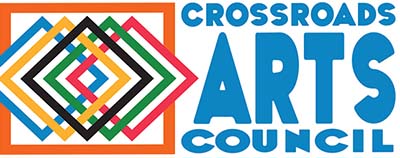Weaving is another of the heritage arts that can be useful as well as decorative. Weaving is defined as the “action of creating fabric by interlacing threads”. Most weaving is done on a loom. Here is a simple example. Maybe some of you made potholders on these when you were kids, or are showing your kids or grandkids how to weave on something like this.
 It can be purchased in most craft stores along with ready made pieces like these, with which to create the warp and the weft.
It can be purchased in most craft stores along with ready made pieces like these, with which to create the warp and the weft.
The warp is the stationary thread that is held taut in the loom. The weft is the thread, yarn, or cloth that is woven through the warp to create the fabric
Here is an example of the warp thread on a small loom before any weft threads have been added.
This is an example of weaving done on a larger loom, where yarn was used as the warp, and strips of cloth were used for the weft. My grandmother called this double weaving, because you work with two pieces of cloth, and alternate each one for every warp thread, instead of weaving one weft thread over and under the warp thread. It gives you a fuller look, and it doesn’t show the warp threads in columns like the two above pieces do.
This is a close up of the double weaving that was done with the cloth over the yarn.







